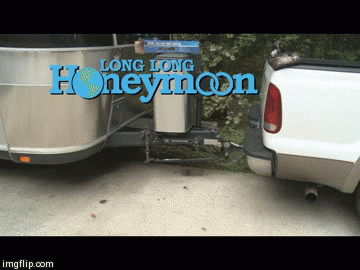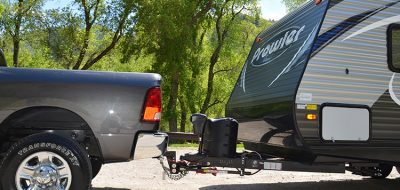Last year our old antisway bar got bent (and I don’t mean it developed a drinking problem). So we went shopping for a new antisway bar and discovered the “Value Friction Sway Control” (http://goo.gl/1fiSvP) which is simply a lower priced antisway bar. We decided to give it a try on our rig.

The “value” antisway bar weights over 13 pounds and costs less than half the price of a standard bar. (Click the pic for more info.)
Why bother with an antisway bar? These bars reduce trailer sway and improve handling in adverse towing conditions. For example, when you’re hauling your rig across a wide open stretch of West Texas on a windy day.
The idea is that the antisway bar improves the stability of your rig and therefore increases towing safety. If you are towing a trailer any substantial distance, you really need one of these antisway bars working for you. It’s a cheap form of insurance. In some scenarios, a humble antisway bar may help you avoid a disastrous accident.
Now on to the bar itself. From the word “value,” I was expecting compromises from this bar. So far, after a full season of camping and literally thousands of miles of towing, I have found none. As Buzz Lightyear might say, the value bar has performed to my expectations – and beyond!
This is a solid, heavy, well constructed piece of gear. The value bar weights 13.2 pounds. The kit comes complete with mounting hardware (should you need it – we did not).
I have found no significant differences between the “value” bar and the heavy duty Reese antisway bar that we owned previously. This new bar has been a perfect fit, which made it easy to mount and use on our trailer’s existing mounting points.
The “value” antisway bar costs about a third the price of the standard Reese bar (http://goo.gl/X4Cu0X). Quite frankly, I can’t see any reason to purchase the more expensive gear. The value bar is a sturdy piece of equipment and it has served us well on the road.







